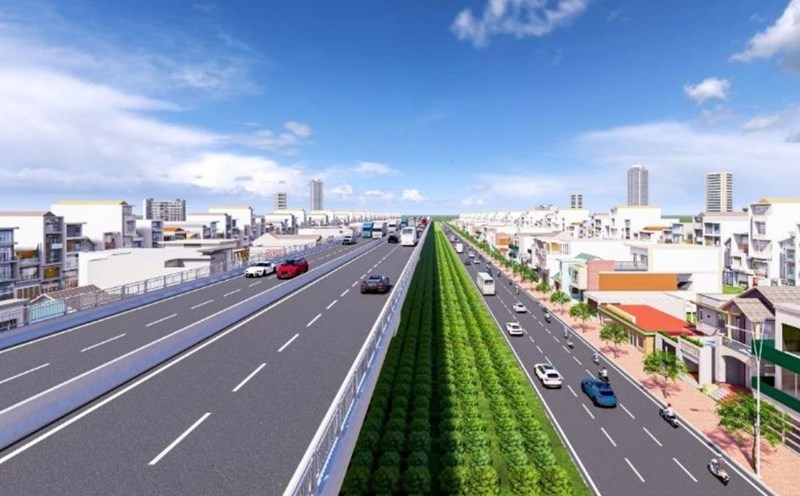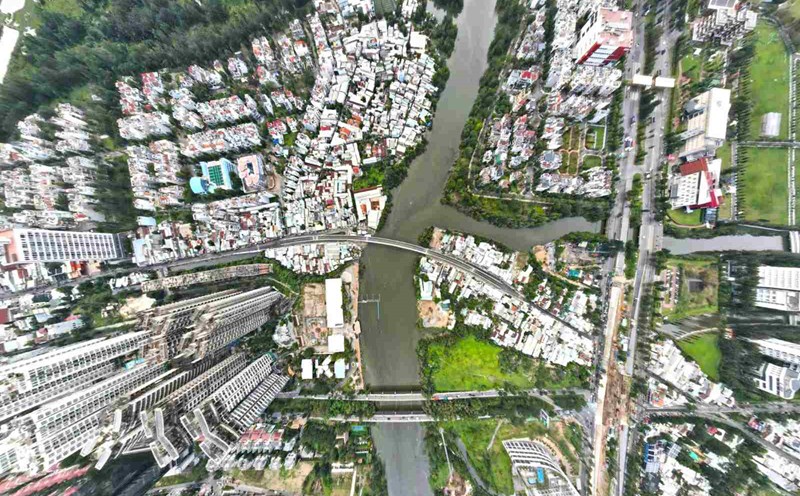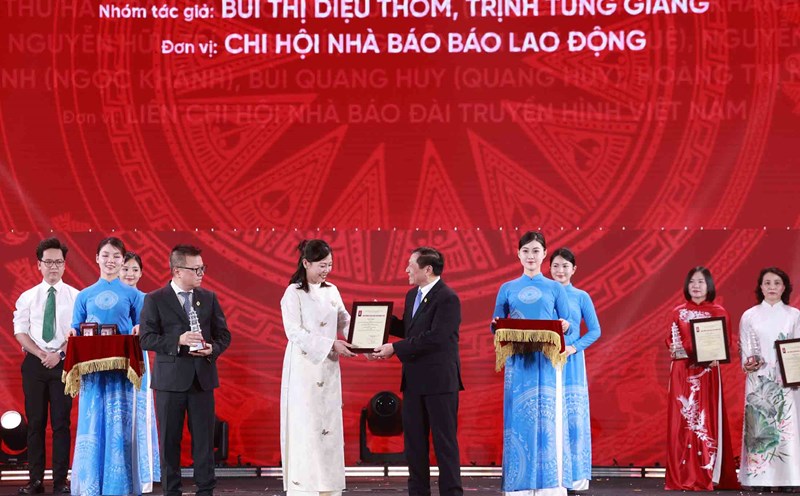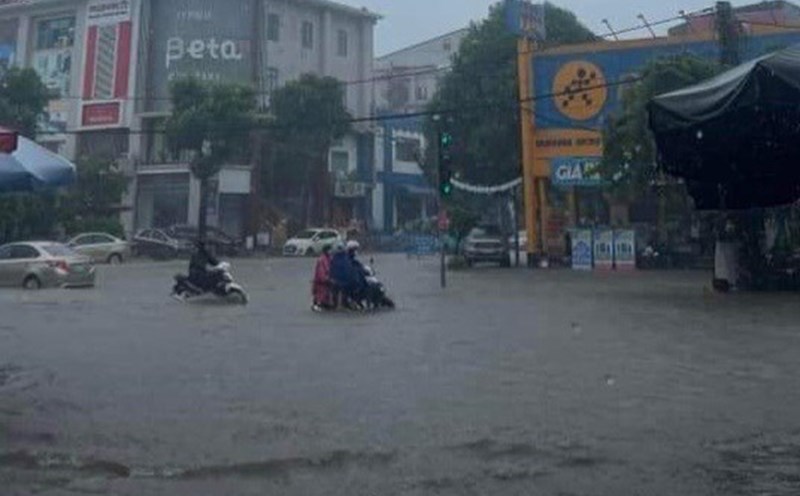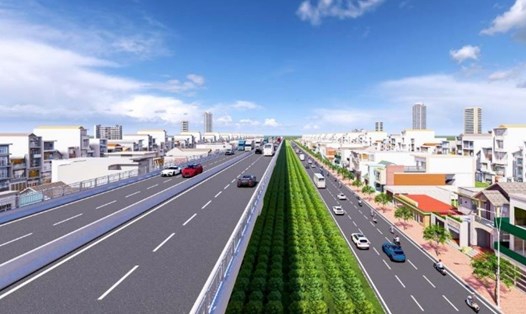On June 21, the Ho Chi Minh City Traffic Construction Investment Project Management Board (Traffic Board) announced that it will hold a groundbreaking ceremony for the Rach Tom Bridge on June 27.
The project has a total length of more than 683m, including the main bridge section of 171m long, 15m wide and the approach roads at both ends of the bridge are more than 512m long, 29m wide. The total investment capital is nearly 500 billion VND.
The existing Rach Tom iron bridge was built before 1975 and has seriously degraded, causing unsafety for traffic participants.
Although the project to build a new Rach Tom bridge was approved in 2019, it cannot be implemented due to unallocated capital.
By the end of 2024, the Ho Chi Minh City People's Council had just approved the policy of reclaiming 3.1 hectares of land to implement the project. The project is expected to be completed in 2026.
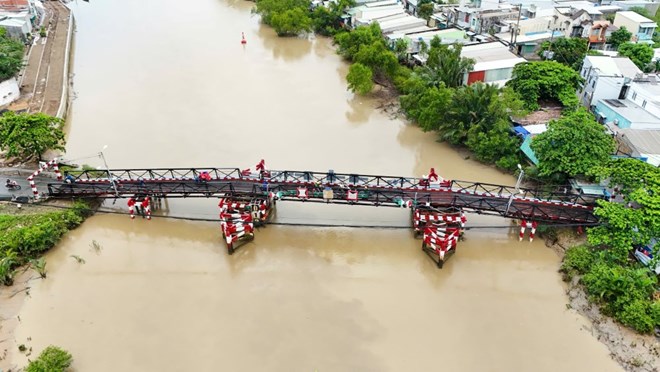
Previously, Le Van Luong Street had 4 iron bridges built before 1975, including: Rach Dia, Long Kieng, Rach Tom and Rach Doi.
Of which, Long Kieng Bridge and Rach Dia Bridge were newly built and put into operation in 2023 and 2024.
Rach Doi Bridge (the remaining iron bridge on the route) has been approved by the Ho Chi Minh City People's Council for investment since 2016 with a total capital of 781 billion VND. The new bridge is about 452m long, 15m wide; the approach road is about 300m, 29m wide.
The Traffic Department said it is speeding up procedures to soon start the Rach Doi bridge project in the near future.
Le Van Luong Street plays an important role in connecting Ho Chi Minh City with Long An, especially in the context of increasing demand for trade and travel between the two localities.
When all 4 bridges on the route are completed, the transport infrastructure system in the South will be "transformed", helping to reduce congestion, shorten travel time, and at the same time promote socio-economic development for the South and Can Giuoc district (Long An).


